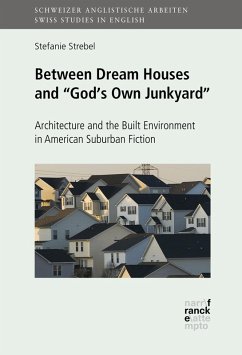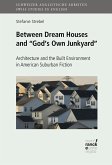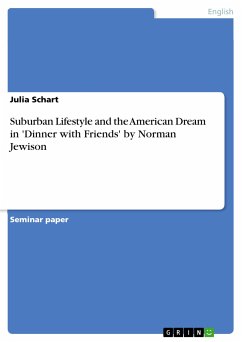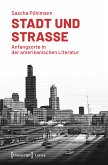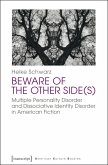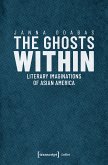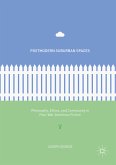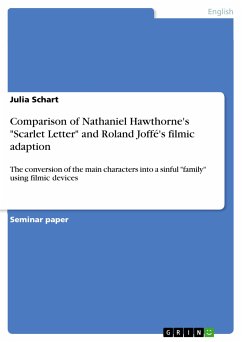The American suburb is a space dominated by architectural mass production, sprawl, as well as a monotonous aesthetic eclecticism, and many critics argue that it has developed from a postwar utopia into a disorienting environment with which it is difficult to identify. The typical suburb has come to display characteristics of an atopia, that is, a space without borders or even a non-place, a generic space of transience. Dealing with the representation of architecture and the built environment in suburban literature and film from the 1920s until present, this study demonstrates that in its fictional representations, too, suburbia has largely turned into a place of non-architecture. A lack of architectural ethos and an abundance of "Junkspace" define suburban narratives, causing an increasing sense of disorientation and entropy in fictional characters.
Dieser Download kann aus rechtlichen Gründen nur mit Rechnungsadresse in A, B, BG, CY, CZ, D, DK, EW, E, FIN, F, GR, H, IRL, I, LT, L, LR, M, NL, PL, P, R, S, SLO, SK ausgeliefert werden.

